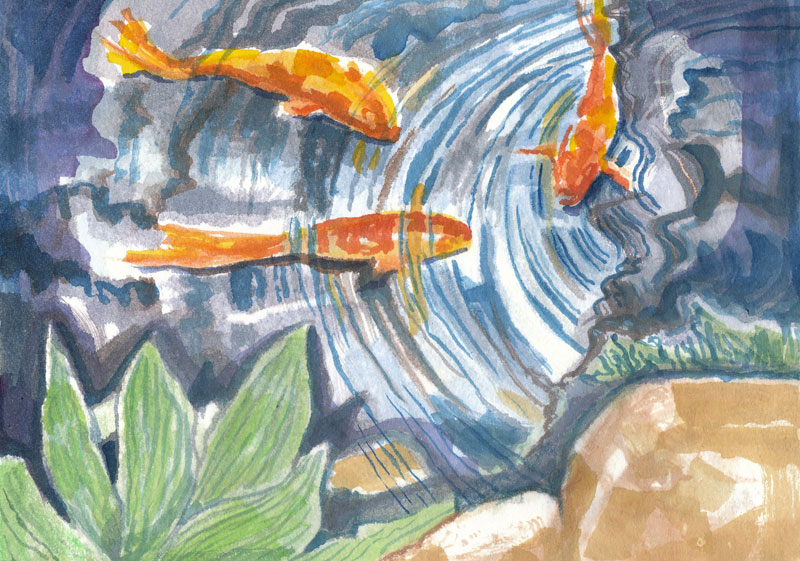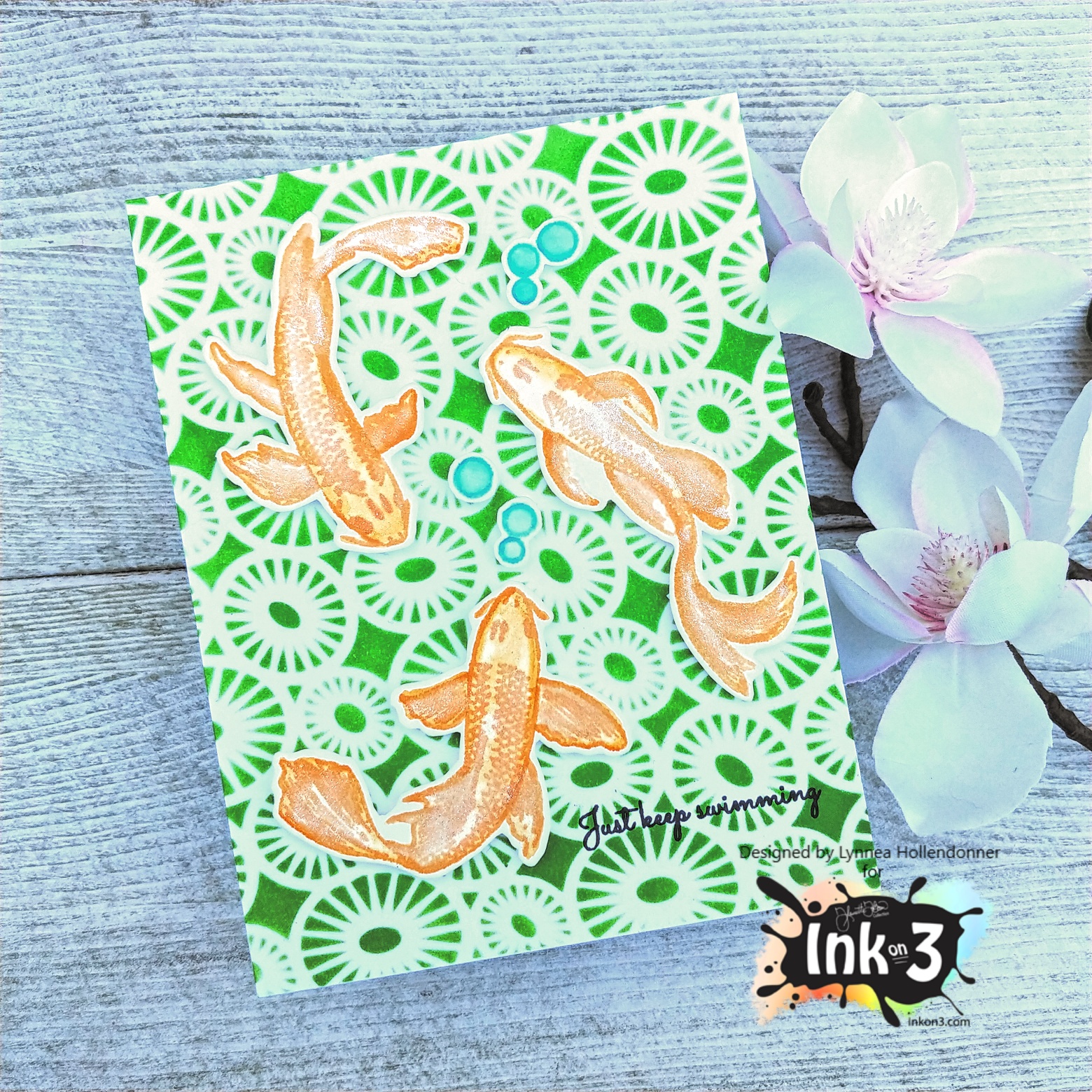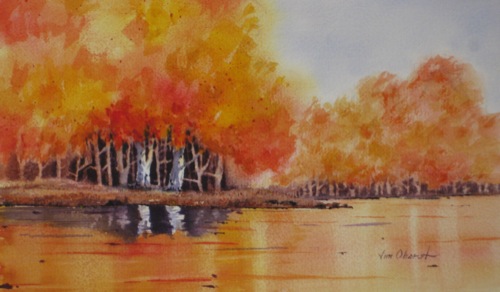Dive into the World of Colorful Shadows in Watercolor Koi Pond
Introduction
Watercolor painting is a medium of art that has been around for centuries. It’s a type of painting that captures the essence of light, shadow, and color in a way that no other medium can. Watercolor painting is all about the flow of pigment and water, creating that telling, delicate transparency that is both fascinating and mysterious. Painting a koi pond in watercolor creates a charming, flowy, and ethereal scene that emphasizes nature’s tranquility and beauty. In this article, we’ll take a closer look at how to paint colorful shadows in a watercolor koi pond.
Materials you’ll need
- Watercolor paint set
- Watercolor paper
- Watercolor brushes (round and flat)
- Watercolor palette
- Water container
- Pencil and eraser
- Reference photo of a koi pond
Step-by-Step Guide
Step 1: Sketching
Start by sketching the koi pond on watercolor paper. Make sure to draw the basic shapes of the pond and the koi. You can use a pencil and eraser to make adjustments before moving on to the next step.

Step 2: Painting the water
Mix a light blue color with watercolor paint and start applying it to the water area of the koi pond. Use a flat brush to spread the color and create a sense of movement in the water. You can also add a little bit of green, purple, or yellow to create different shades of blue that will add depth and interest to the painting.

Step 3: Painting the koi
Now it’s time to paint the koi. Choose your desired color palette and start painting the koi. Make sure to let each color dry before applying the next one. Use a round brush to create the koi’s scales, fins, and tail. Don’t forget to create shadows under the koi and add highlights to make them look more realistic.

Step 4: Painting the shadows
To create colorful shadows, you need to use contrasting colors. Start by mixing a dark color, such as dark purple, green, or blue, and apply it to the area where you want to create shadows. Then, quickly add a contrasting color, such as pink, yellow, or orange, on top of the dark color while it’s still wet. The result will be a colorful and vibrant shadow. Make sure to blend the colors properly to create a smooth transition.

Step 5: Final Touches
After all the colors have dried, you can add final touches to the painting. You can add details to the koi, such as additional scales or highlights, and add texture to the bottom of the pond to create the illusion of depth. You can also add some vegetation to the background to give the painting a more natural look.

Conclusion
Painting colorful shadows in watercolor koi pond gives a creative and vibrant aspect to the painting, making it more interesting and significant. While it may seem challenging to create colorful shadows, with practice, anyone can master it. With the right materials and step-by-step guide, you can paint beautiful koi ponds with colorful shadows that will amaze everyone.